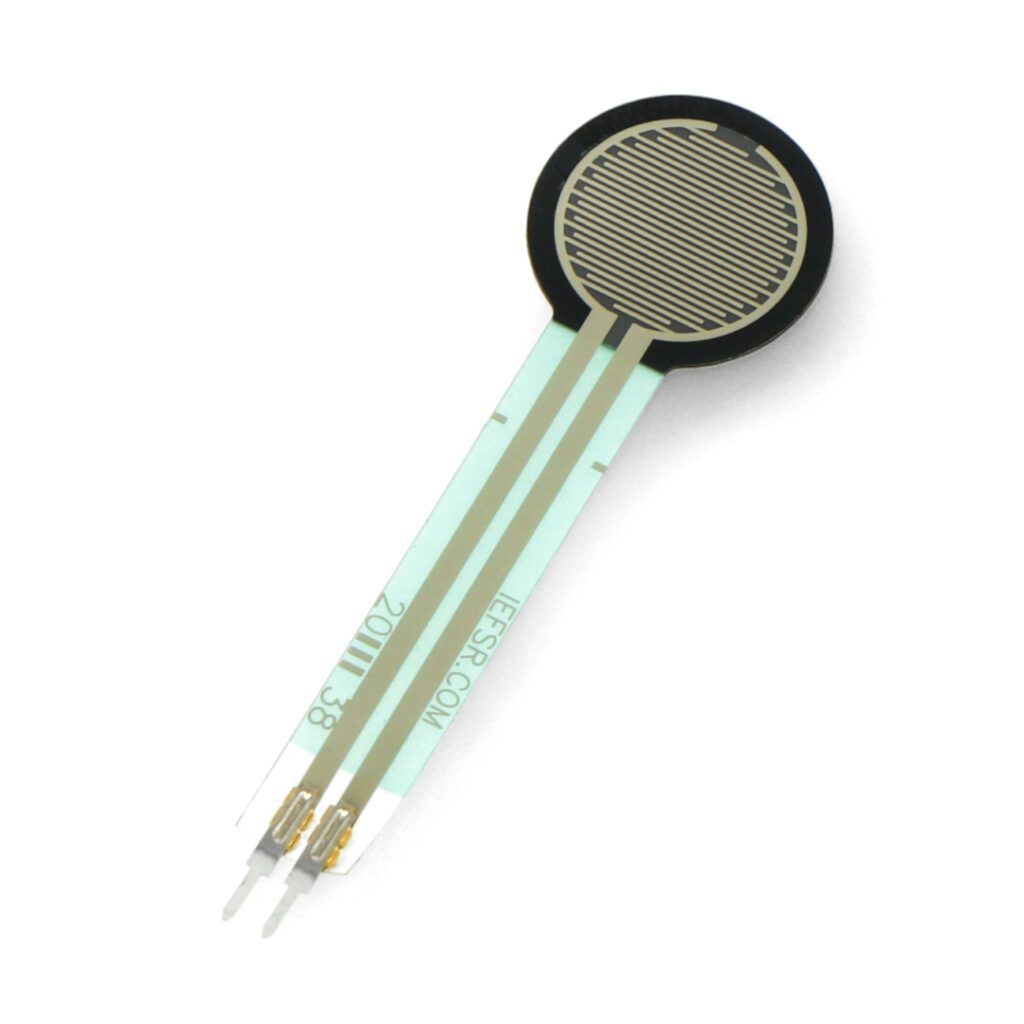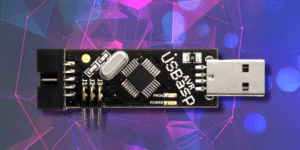Spis treści:
Pressure sensor, also known as a strain gauge, is an electronic or mechanical device that is used to measure the pressure forces or stress exerted on its surface. It is an instrument that responds to changes in contact forces by generating corresponding electrical or mechanical signals. Strain gauges are widely used in a variety of fields, such as engineering – including in those really simple devices known in everyday life – as well as where life sciences, industry or even medicine reign supreme. The basic mechanism of a strain gauge is the use of thin metal wires or strips that deform under pressure. This deformation affects their electrical resistance or length, which is measured and converted into the value of the contact force.
Where are strain gauges used?
We have listed the fields, so let’s look at specific instruments and applications.
- Electronic scales. The closest example from everyday life and also a great opportunity to understand how a strain gauge actually works. The strain gauge in an electronic scale is usually attached to the scale platform or support structure. When a mass is placed on the scale, the platform is deformed and the strain gauge is stretched or crushed, so to speak. This process changes the length or resistance of the strain gauge. This in turn affects its electrical properties, for example, changing the electrical resistance of the strain gauge wire.
The electrical signal from a strain gauge used in this way is usually very small, so it requires amplification. A signal amplifier is used to increase the amplitude of a signal so that it can be accurately measured and processed by an electronic circuit. Unfortunately, factors such as temperature, vibration, humidity and structural deformations have a significant impact on the quality of measurement, so it is important to place the balance in the right conditions and perform regular calibrations. For this reason, keeping the scale in the bathroom, where there is moisture, steam and often high temperatures, is not the best idea.
- Construction. In the construction industry, strain gauges can help monitor structural loads, which is important especially for the safe use of bridges and footbridges. High-rise buildings, telecommunications towers and other large buildings are monitored using strain gauges to track changes in stress and deformation due to wind loading, temperature changes and other factors. The same is true of steel structures, girders, beams or retaining walls, and river bank reinforcements.
- Medical Apparatus. In medical technology, strain gauges can help measure pressure. They can be found, for example, in measuring blood pressure. Slightly less obvious uses for strain gauges are offered by tissue analyzers, balance platforms and muscle strength measuring devices familiar to physical therapists and physiotherapists, orthopedic inserts, sensors in prostheses or respiratory support devices.
- Industry. In manufacturing, strain gauges are used to monitor production processes where continuity and precision are important, such as in measuring pressure and tension in machines. In the food industry, strain gauges can monitor pressure during package molding to ensure consistent product quality. In the plastics industry, strain gauges control the pressure when plastics are injected into molds, ensuring accurate shape and quality of products. In the laboratory phase, strain gauges help in material strength testing, such as destructive testing and fatigue testing. We can also mention transport and overrun scales here, but this is actually a repetition of the example with home scales.
Strain gauge in the workshop of an electronics and DIY designer
The use of strain gauges in amateur and semi-professional assembly electronics has countless applications for measuring pressure or deformation in various DIY projects or experiments. The first step is to choose the right strain gauge for the intended project. There are different types of strain gauges, such as resistive, capacitive or optical. In most cases, resistance strain gauges are used in assembly electronics because of their ease of use. The next step is to decide and define how you want to use the strain gauge in your project. Do you want to measure pressure on a button, monitor pressure in an enclosure, or perhaps detect changes in structural deformation? This will help determine how to place the strain gauge and how to connect it.
If you want to place a strain gauge on a surface, make sure it is properly prepared. The surface should be clean, smooth and dry to ensure good adhesion of the strain gauge. Once you’ve set up the strain gauge’s electrical connections, which the manufacturer’s specifications and instructions will help with, you’ll happen upon the resistance strain gauges mentioned above, and you’ll need to connect them to a bridge circuit – you may need a signal amplifier.
The modules of the leading Arduino platform. We configure the appropriate program or software, read the signal from the strain gauge and are left with possible calibration and optimization. From now on, nothing prevents a “component from components” created in this way from becoming part of something larger, for example, used to activate a traffic light, display results on a screen or control other devices.
Choosing a strain gauge - tips
Types strain gauge have their own specific applications and properties. The aforementioned resistance strain gauges are the most commonly used strain gauges. They work on the principle of changing electrical resistance due to deformation. They are used in a wide range of applications, from measuring pressure in electronic scales to monitoring stress in structures. The more sensitive capacitive strain gauges are sometimes more complicated to use, but offer greater precision. Using optical phenomena based on light wavelengths due to strain, optical strain gauges are higher end – you’ll find them in electromagnetic environments and medical devices. In terms of construction, one encounters flexible and vibration-resistant polymer strain gauges, ceramic strain gauges resistant to high temperatures and aggressive chemical environments, or piezoelectric strain gauges ideal for vibration and shock measurements.
How useful was this post?
Click on a star to rate it!
Average rating 5 / 5. Vote count: 1
No votes so far! Be the first to rate this post.








